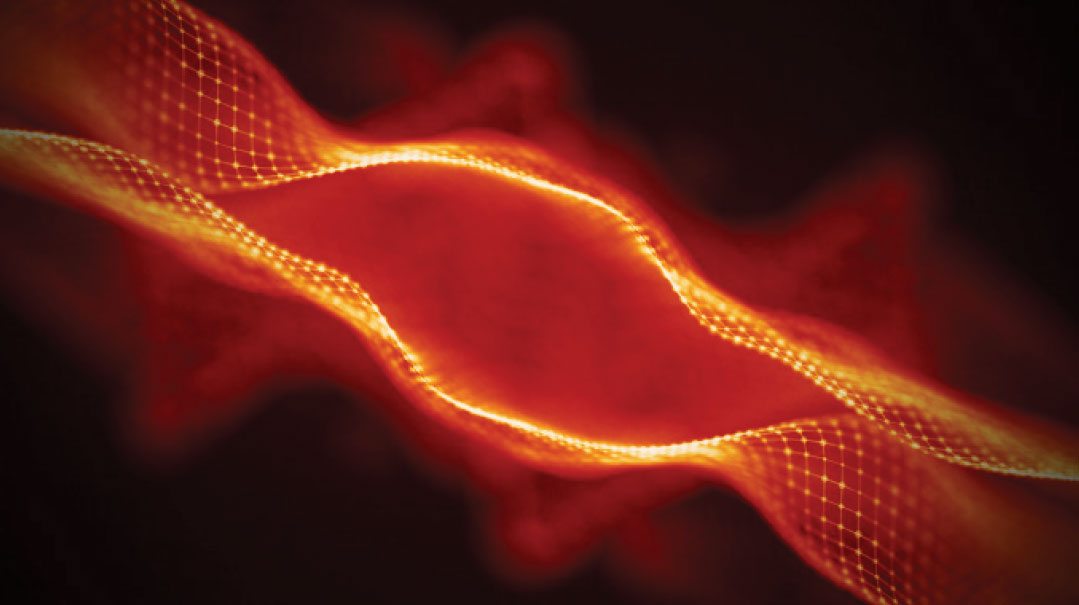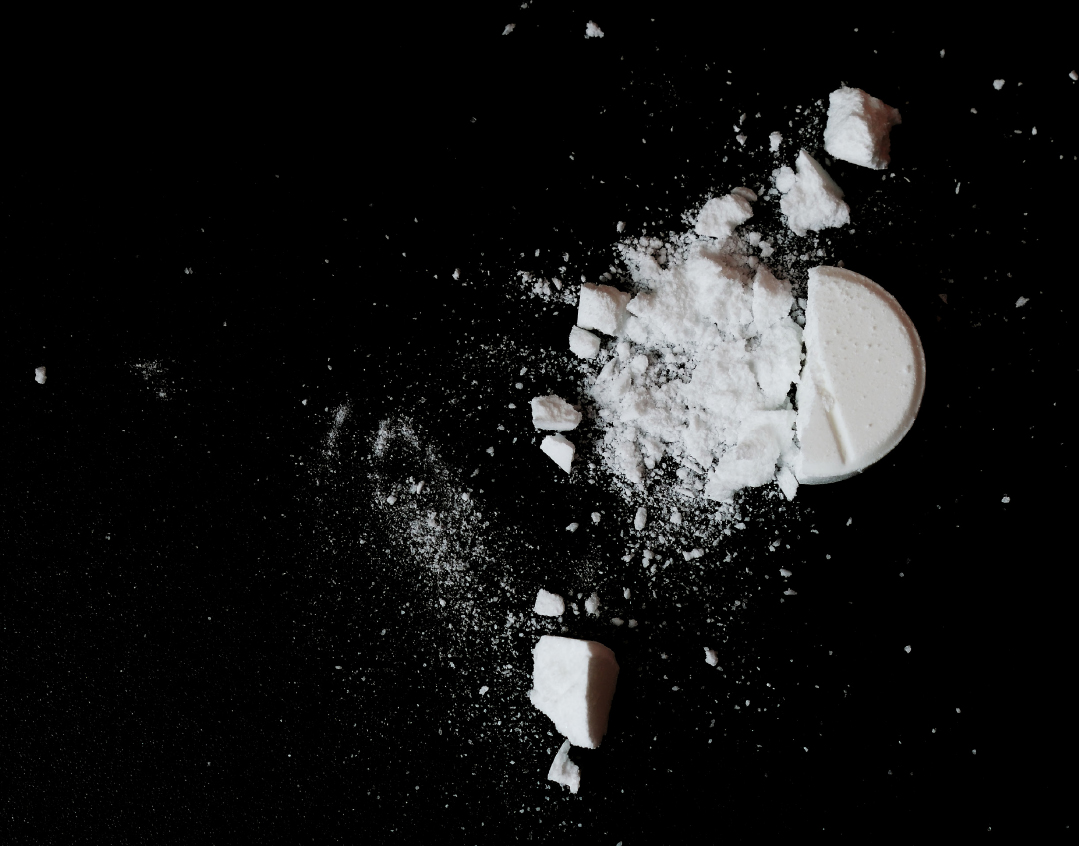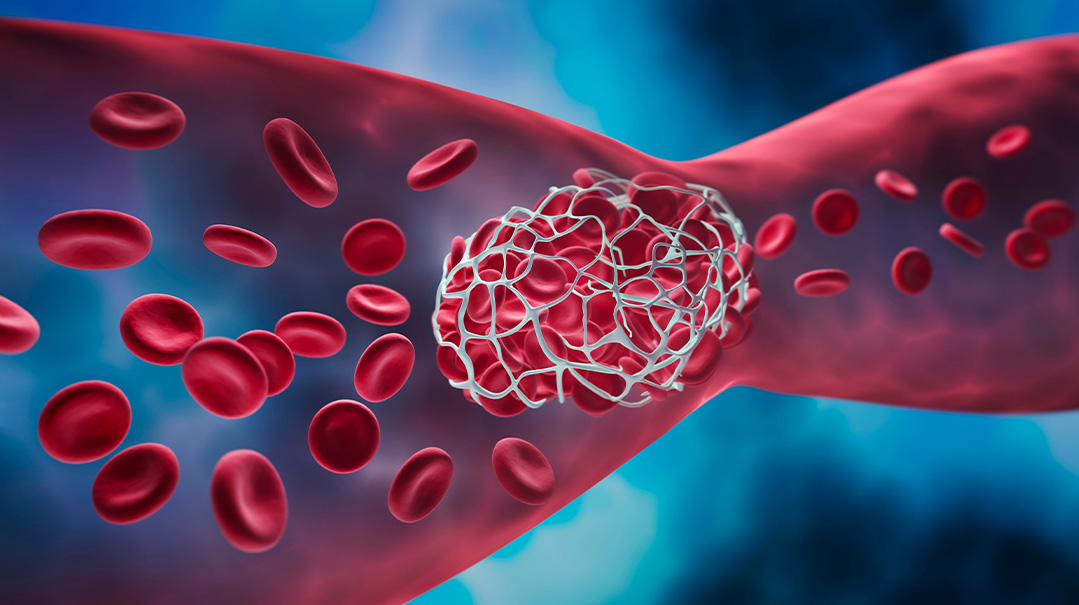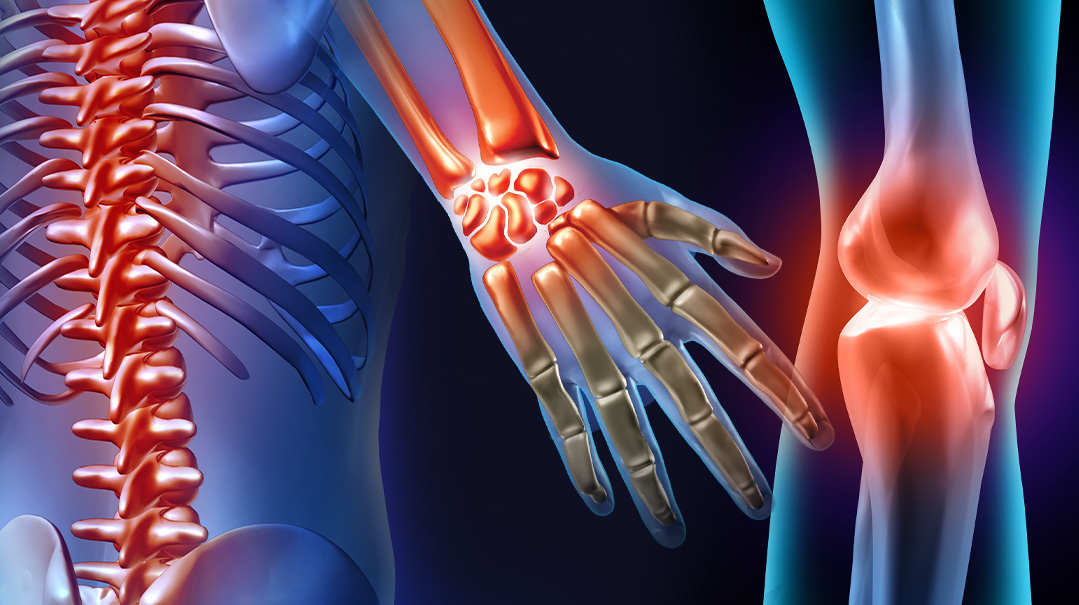They Said the Pain Was Normal

Even though this was my first birth and I was admittedly inexperienced, I felt something was seriously wrong

It was a beautiful morning in July, and I’d just given birth to my first child. My labor had been a drawn-out affair and ended in a cesarean delivery, but staring down at the tiny new life in front of me was unlike anything I’d experienced before. My doctor heaped on the compliments, proclaiming how impressed she’d been with how calm and collected I stayed throughout labor, even when wheeled into emergency surgery.
“You don’t see many first-time moms with that sort of composure or pain tolerance!” She smiled. I’m one of those quiet, logical sorts and don’t get stressed out or overexcited easily, but even my doula had been impressed with my focused breathing throughout many hours of painful contractions. A glorious feeling of relief washed over me now that it was all behind me; I could finally rest and enjoy.
The bliss was premature. Within hours I had close friends and family heaping on advice about what to do post-cesarean, what not to do, which medicine to take… some even decided to share their own experiences, the good, the bad, and the ugly.
But despite many dire predictions that the recovery would be rough and painful, I impressed the nurses with my willingness to get moving as soon as possible. And while sitting up and getting in and out of bed were definitely painful, I breathed through it and with the help of some techniques the nurses taught me, found it manageable.
Shabbos was surprisingly restful in the maternity ward. The nurses periodically offered me some stronger pain medication, but as each day passed, I felt stronger and only took some Tylenol as needed.
On Sunday morning, I was getting ready to be discharged when I realized I was in a bit more pain than I’d been in the day before. I wavered between asking the nurse for a narcotic or just waiting out the pain. I was sure it was just a fluke and I’d feel fine soon. In the end I compromised by taking the narcotic prescription home in case I needed it down the line.
We arrived home and I began to settle in. The day was a swirl of well-wishers and exclamations of who the baby looked like and all the other fun things that come along with a firstborn. But toward dusk, I realized the pain was becoming more intense — a lot more intense. I called a friend who’d had multiple C-sections to ask her what she thought.
“It’s totally normal,” she said emphatically. “The pain goes away eventually. Just try to rest as much as you can, and don’t forget to ask for help, don’t try to be superwoman.”
Oops! We could not locate your form.












